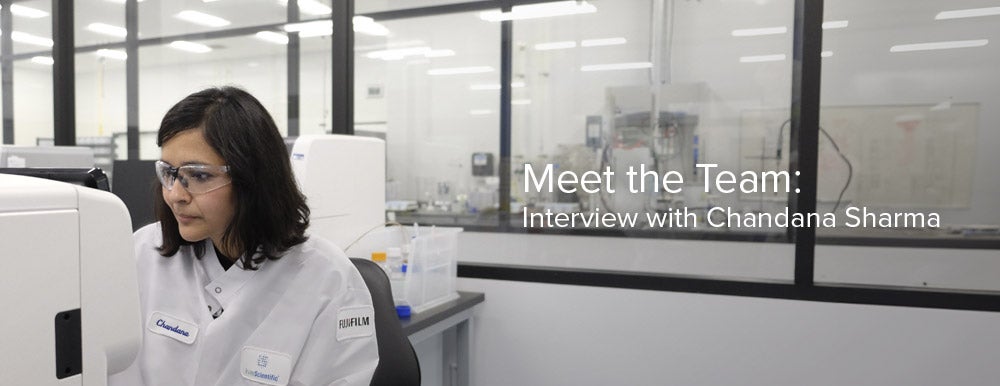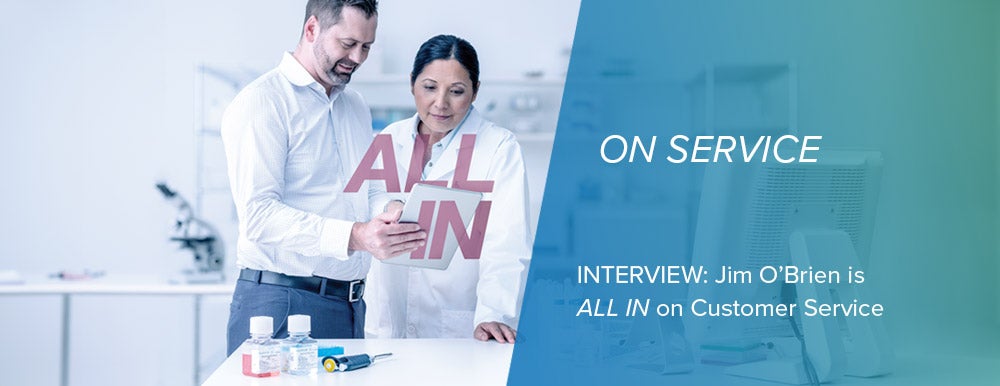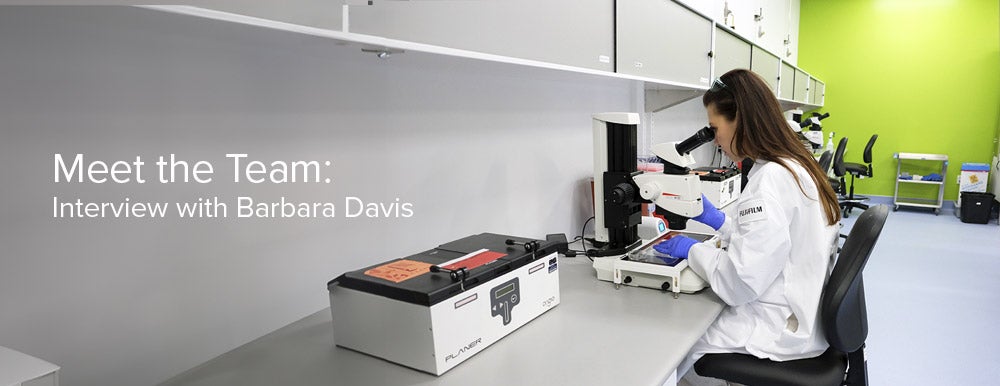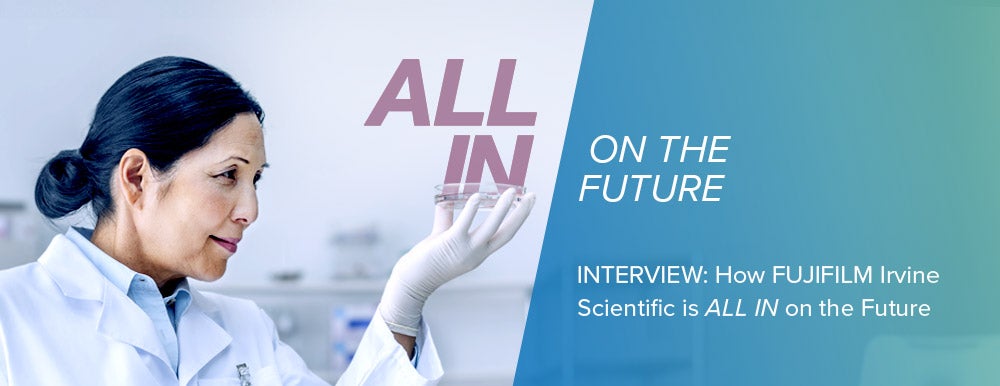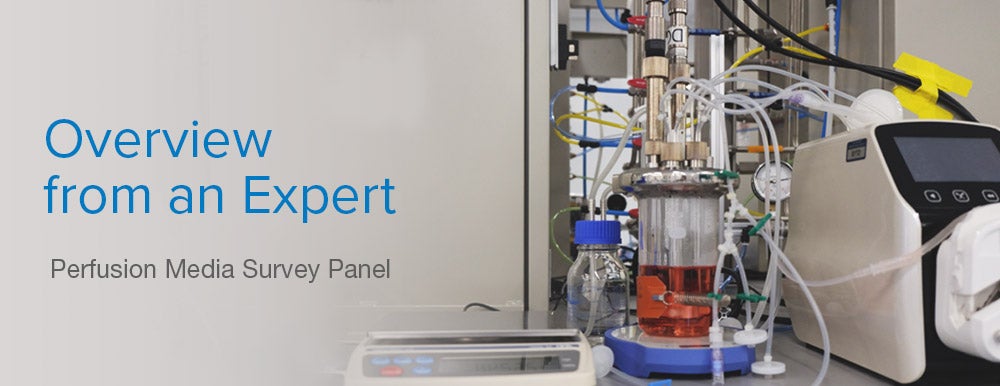We use cookies to make your experience better. To comply with the new e-Privacy directive, we need to ask for your consent to set the cookies. Learn more.
What Does Quality Control Mean to Your Laboratory?
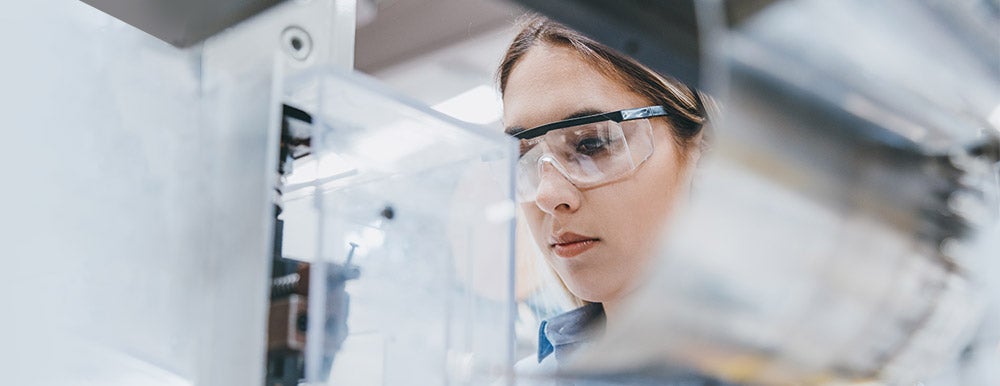
By Rusty Pool, PhD, HCLD (ABB)
Fertility Center of San Antonio
A fascinating paper was published last year by Palmer and colleagues (Reprod Biomed Online. 2019; 39:63-74) describing the parameters of environmental monitoring and instrument performance recorded in 36 IVF laboratories from 12 countries. All laboratories used the same cloud-based quality control (QC) application. Although large variations in the amount and diversity of captured data were reported between laboratories, one thing was consistently clear: laboratories in countries requiring accreditation or licensure collected demonstrably more quality control data than those from countries lacking regulatory requirements. The results perfectly point out that many laboratories participate in quality control activities because they must, not because they value it.
QC as a lab activity
In a way, the attitude that quality control is not valued is somewhat promoted by those that require it. For example, according to the final rule published in the Clinical Laboratory Improvement Amendment of 1988 in the US, QC is performed to confirm the accuracy and reliability of patient test results and is accomplished by following written protocols addressing facilities, test methods, equipment, instrumentation, reagents, materials, supplies, personnel training, and control procedures. So, most laboratories devise data collection sheets to record the information daily, the director signs off on them at regular intervals, and off they go into a binder or spreadsheet to be archived and retrieved only to prove they were done at inspection time. This is not the type of lab activity that has one sitting on the edge of one’s seat with excitement.
The real value of QC
Consider the value of quality control another way. Diamond (Pathologist. 1980 Jul;34(7):333-6.) described proper QC rather succinctly: a recorded datum only has value if acceptable ranges are stated for the parameter, which only has value if instructions are available as to what to do if a value is out of range, which only has value if the correction is documented and confirmed that it returned the parameter to the normal range. In other words, QC can be an effective self-correcting mechanism for laboratory instrumental and material drift when performed in this simple prescribed manner. To quote Dr. David McCulloh, Assistant Laboratory Director of New York University Langone Fertility Center and Lab Director of Biogenetics Corporation and the Sperm and Embryo Bank of New York, "QC brings stability to the laboratory." This provides a refreshing way to look at QC that appeals to the deep-rooted desire of embryologists and andrologists to offer quality care to deserving patients.
Evolution in complexity
However, over time the QC plot has thickened immensely in the IVF laboratory. The growth in responsibilities and procedures that reproductive laboratories have acquired has made flawless performance towards the goal of quality care much more difficult. One of the best descriptions of this evolution in complexity was published by Mina Alikani and her co-authors (Fertil Steril. 2014 Nov;102(5):1350-6.) to describe how to staff the contemporary ART laboratory appropriately. What once averaged 6.83 hours of laboratory time for an IVF case has now blossomed to 16.67 hours, given the additional requirement for surgical sperm retrieval, oocyte cryopreservation, and extended embryo culture to facilitate biopsy for the various forms of PGT. As they report, laboratories may now perform as many as 56 procedures and adjunct procedures in a given case.
QC at our fingertips
The necessity of effective quality control has grown at a commensurate pace. Every step must be appropriately evaluated with ongoing QC in a form that can rapidly alert the practitioner to potential fault mode. Fortunately, the evolution and availability of cloud-based apps have placed effective graphical and statistical QC tools at our fingertips, allowing for reassuring evaluation of a host of complicated laboratory activities simultaneously. More importantly, we can now use QC the way it is used by many mature industries—to not only detect ongoing laboratory problems, but to improve our processes as we correlate instrument performance, environmental conditions, and the quality of contact materials to clinical outcome.
QC provides proof when needed
In my role as a laboratory director, having data that confirm proper instrument performance; appropriate environmental conditions; quality, nontoxic media; supplements; dishes; and other contact materials allows me to confidently inform patients that the behavior and growth of their gametes and embryos accurately reflected their innate biology and were not adversely influenced by laboratory handling or subpar materials or conditions. With appropriate QC data, I can indeed prove it. In the end, that is the best I can do for patients in their quest for a family.


